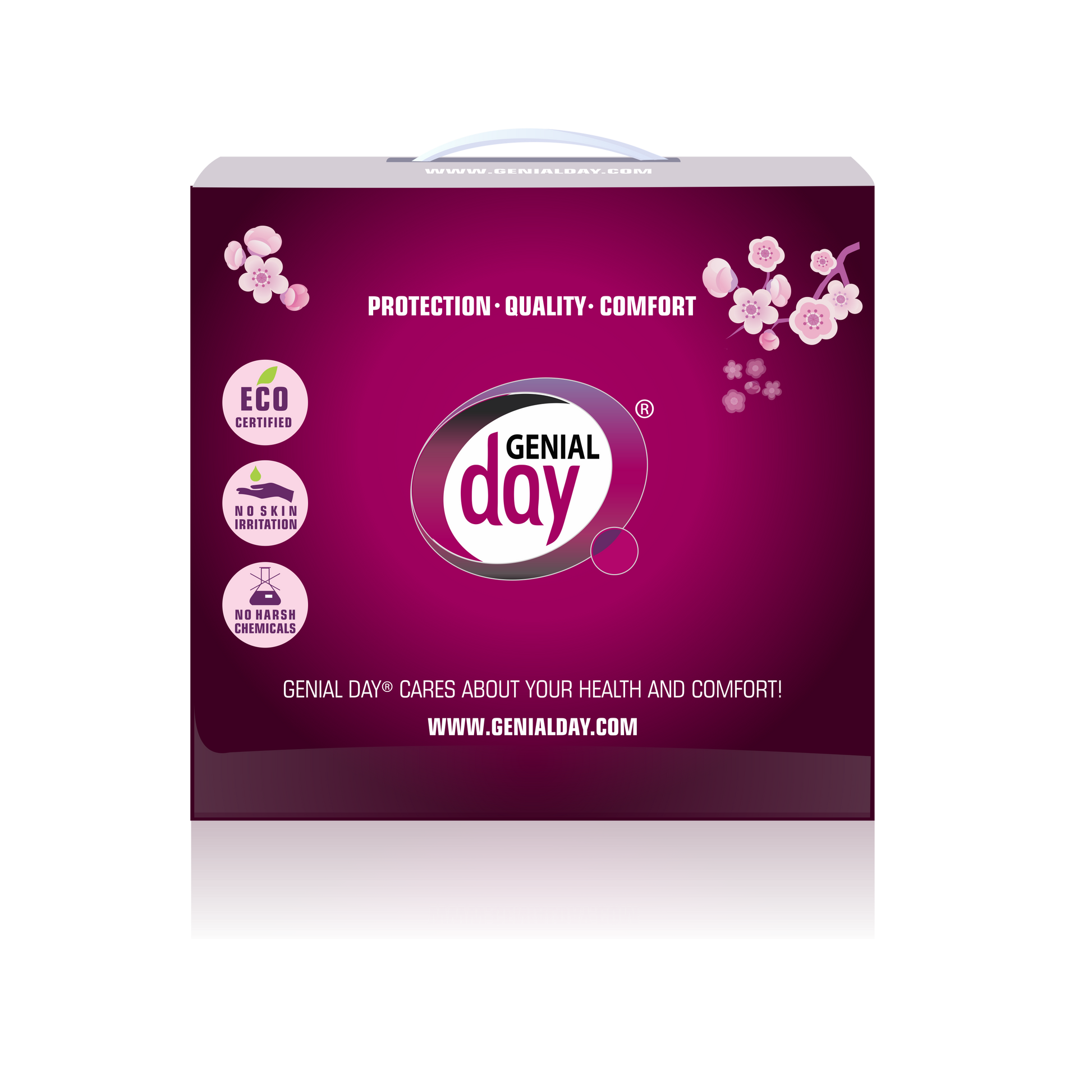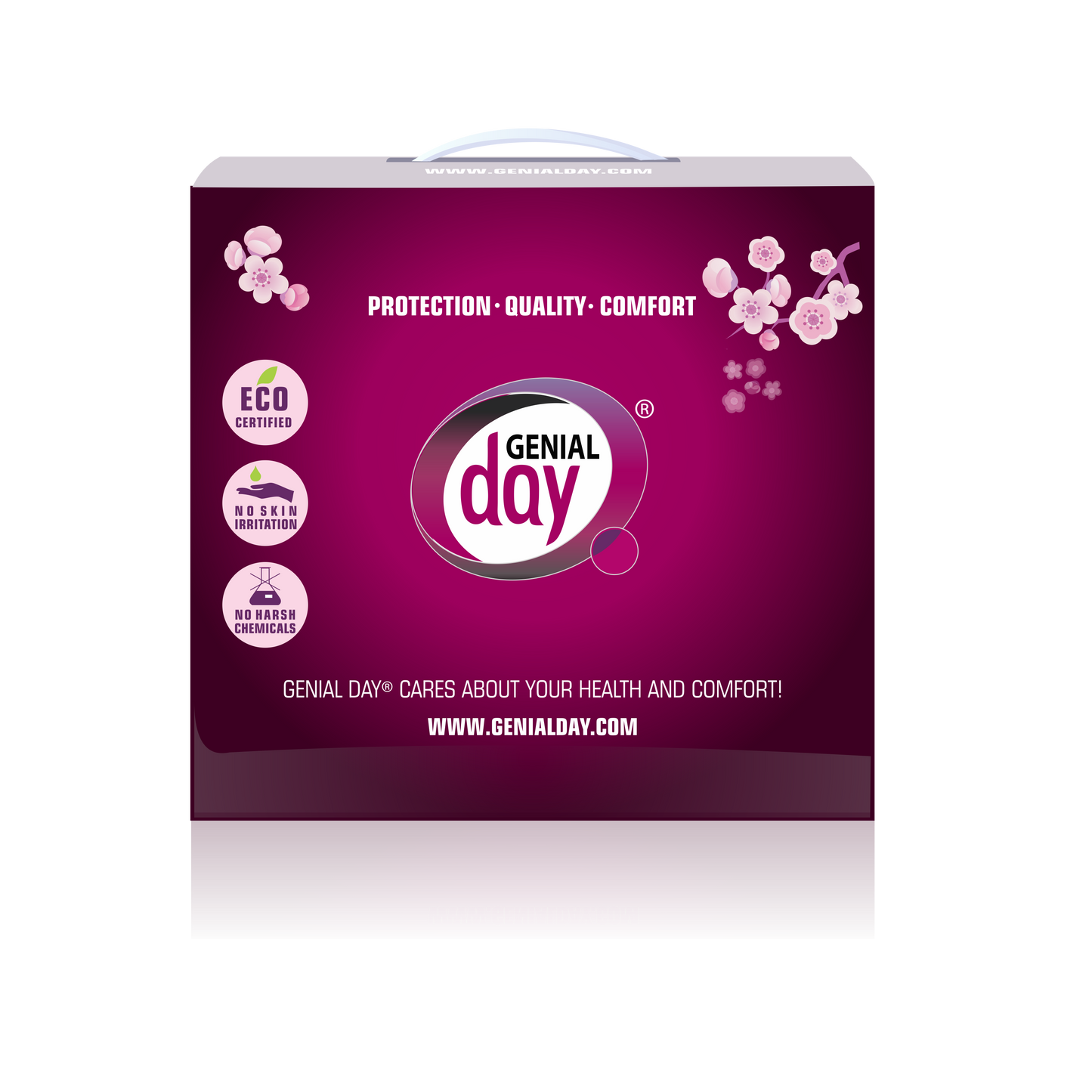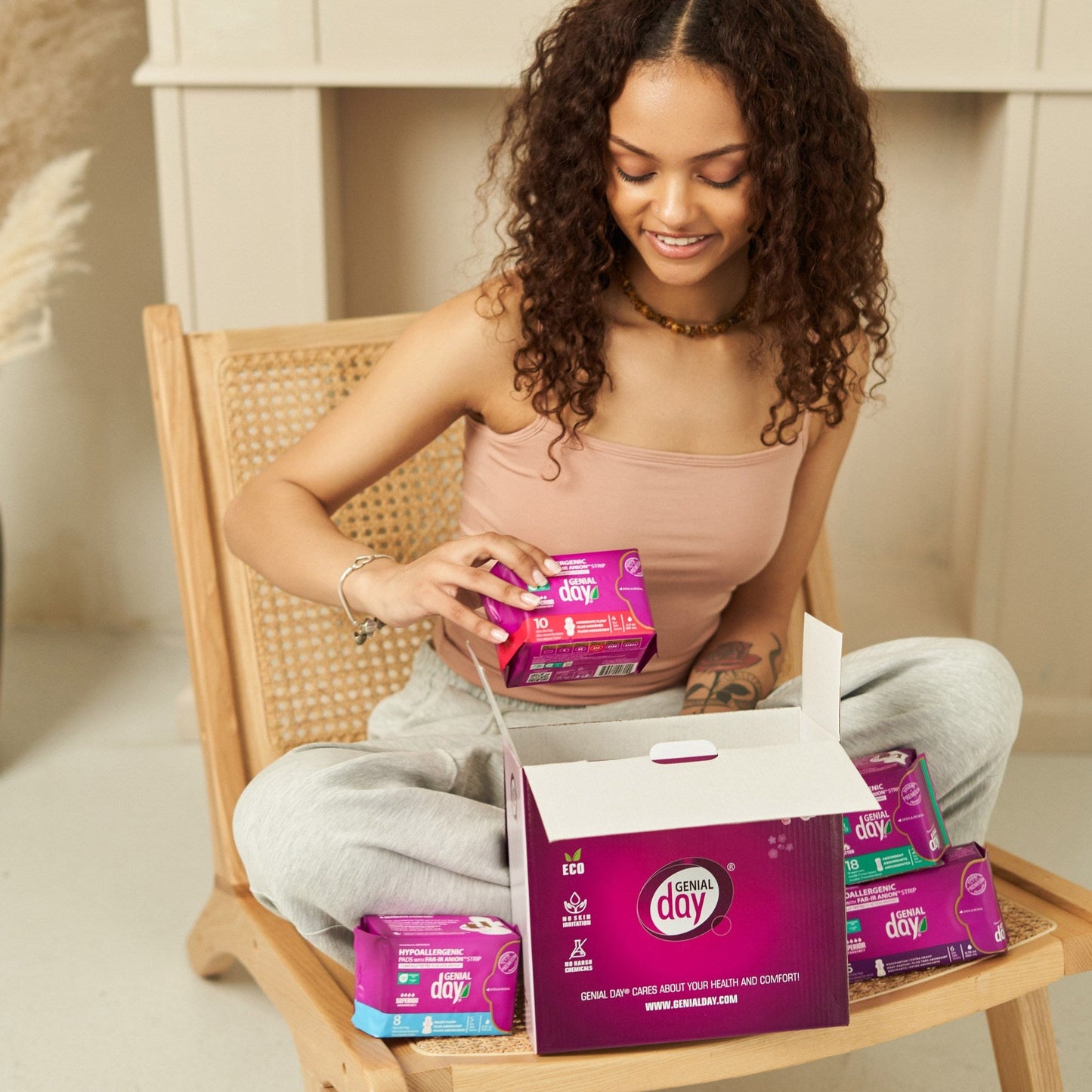Tucked away on one of the shelves, you might see a lesser-known option: the reusable menstrual cup.
Stroll down the menstrual products aisle of your neighborhood drugstore, and you'll see a dizzying array of disposable pads and tampons in dozens of brands, shapes, colors and sizes.
Tucked away on one of the shelves, you might see a lesser-known option: the reusable menstrual cup.
Even though menstrual cups, tampons and panty liners were created as long as nearly 100 years ago, by nowadays, it is mostly liners and tampons that have become popular. In the last century, the cup lacked advertising, while learning about genitals still seemed to be a taboo.
However, the recent (and most relevant) approach to ecology has forced both consumers and manufacturers to look for better alternatives to menstruation.
Thus, the cup has been reborn again and has gained a lot of popularity in the last decade almost everywhere in the world.
The pads and tampons used for decades have raised little interest in what happens to them after use. Today, the images of small plastic particles, tampon applicators, and plastic bags found in the stomachs of marine animals make everyone think twice.
As safe as other products
Although the menstrual cup has been around for decades — some early commercial models date back to the 1930s — it's not as popular as pads and tampons.
The device has had a reputation for causing possible health problems and being uncomfortable. And for religious and cultural reasons, some believe that it is inappropriate.
Nevertheless, the menstrual cup is rapidly gaining popularity worldwide. A recent analysis of various studies on the use and safety of cups has been published in Lancet Public Health 2019. A total of 3,319 people were enrolled in 43 studies. 199 cup brands have been identified and sold in 99 countries.
The analysis concludes that menstrual cups are a cheaper, greener, and completely safe alternative to liners and tampons.
Probably one of the most important findings is that menstrual cups are just as good at preventing period leaks as pads and tampons. Leakages were recorded similarly or less than with pads or tampons. Cup leaks were recorded in cases of women with menorrhagia, unusual uterine anatomy, too small cup size, incorrect cup placement, or a full cup.
Cases of candidiasis or bacterial vaginosis did not occur at all or even decreased with the use of the cup.
Because the device has to be inserted into the vagina, there has been a long-standing concern that menstrual cups cause toxic shock syndrome (TSS). 5 cases of TSS (associated with the use of tampons) have been identified, but the extent to which this information is reliable is unclear, as these cases have not been clinically documented.
No increased health risks
The paper shows that the cup could be a viable option in poor countries, where access to menstrual products might be limited and costly in remote areas. The paper has groundbreaking implications for the booming number of nonprofits and organizations working to address menstrual health in low- and middle-income countries.
People in nonprofit organizations assume that the cups are not suitable, experts report. That's based on presumptions about these women's preferences. That they wouldn't like them because they have to be inserted or because they don't want to touch their own menstrual blood.
The study, however, finds that many of the people who give menstrual cups a try actually like them. Of the participants, 73% of women and girls reported a willingness to continue with the menstrual cup after learning how to use it and trying it out for several menstrual cycles.
In one pilot study of schoolgirls in rural Kenya, for example, the researchers found there was no difference in the prevalence of infections among girls who used menstrual cups, sanitary pads or cloths, or other makeshift materials.
Even in situations where there was less water available, like in refugee camps, people figured out how to clean menstrual cups with less water, scientists report.
In terms of health, the researchers found no increased health risks associated with menstrual cup use among European, North American and African women and girls.
In four studies involving 507 women, menstrual cups did not have negative effects on the vaginal flora — the bacteria that live inside the vagina — that could lead to infections or vaginal discharge.
Something to learn
The findings indicate that the biggest problem with using the menstrual cup is the pain and discomfort when inserting and removing the cup. It takes time to learn how to use the cup correctly, and tips from friends are always very useful.
Indeed, it can be tricky to put in a menstrual cup. First, you must fold up the cup (and there are lots of different ways to do this) so that the bell-shaped opening can be inserted into the vagina.
Once it's in, the user rotates the cup 360 degrees so that it reopens. The cup will then form a seal by suctioning around the cervix.
Over the next few hours, you can do pretty much anything: run, swim, do yoga and yes, even pee (that comes out of a different hole). Depending on the user's flow, the cup must be emptied every four to 12 hours.
At the end of the menstrual cycle, users should thoroughly wash and dry the cup, then store it in a breathable container (many commercial menstrual cups come with cloth satchels).
It's a lot to learn. That's why instructional efforts — like the ones run by menstrual products manufacturers — are key.
According to the study, a total of 11 % stopped using the cup, while 73 % of participants from 15 countries wanted to continue using it.
Brand trust over ecological concerns
So, what is it that determines the choice of hygiene products – given the fact that currently, the most popular types of product are also the most detrimental to the natural environment, particularly due to the amount of hidden plastic in disposable items?
A study completed by the Global Sustainability Institute in England on public awareness and the impact of menstruation products on the environment reports that reliability is the most important reason for choosing hygiene products, leading to a greater choice of well-known brands that women already trust.
Because the cup is inserted into the vagina, where it has to collect menstrual blood, it must not only be harmless to health, but also provide comfort and full protection against leakage. So brand credibility is key here.
Menstrual cups are preferred by those whose friends are already using it. Even one’s mom's choices are less influential than friends' recommendations.
Still, women are more inclined to buy disposable items that are cheaper than to invest a larger amount of money in a menstrual cup, even though the cup is a reusable item that lasts up to 10 years. The item must also be easily accessible for purchase.
Some managers of the companies promoting menstrual cups say that they looked at a number of approaches: having girls pay for the menstrual cup in installments, or having women buy the cups in bulk and sell them to their friends, similar to Tupperware parties.
But anyway, there's a cautionary note. Health specialists want people to know that menstrual cups aren't for everyone.
That’s simply because everyone's physiology and anatomy is different. We understand that there will be people who will try it and they just can't use it. It might not fit, or it might cause pain.
There's also the ick factor. Some people — they just don't like it.




